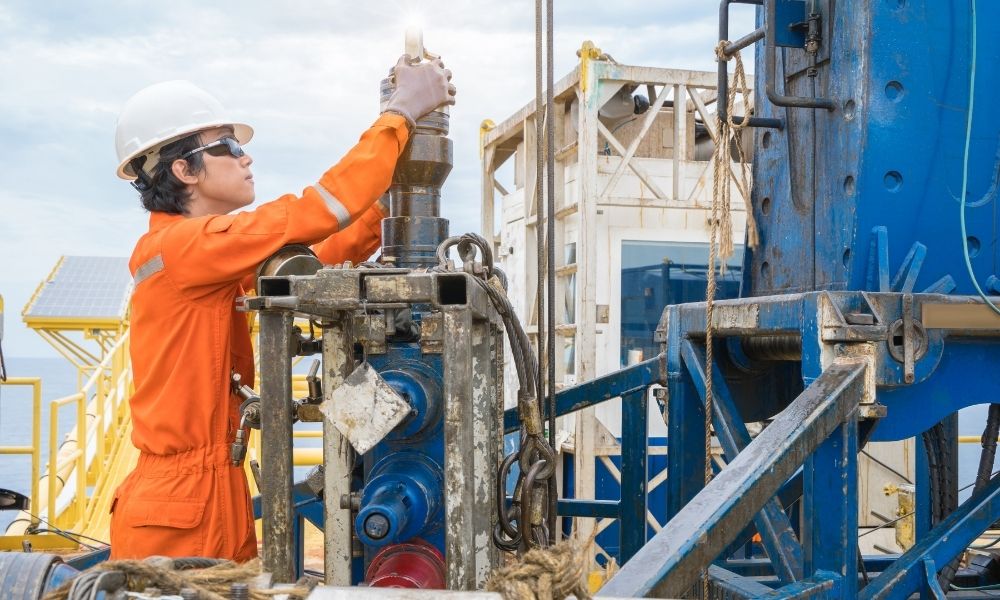
Flame resistant clothes are quite different than regular clothes. Because of this, the decision process for picking out fire-resistant clothes is totally different from that of everyday clothes. It’s not as much about what looks good but rather what will keep you the safest. That’s just one of the many important details to know. We will spend some time explaining the rest of what you need to know about flame-resistant clothing.
What Is Flame-Resistant Clothing?
Ordinary clothes can catch fire pretty easily, and once they do, the fire spreads quickly before it stops. Fire-resistant clothing is much more resilient to fire; it doesn’t catch fire nearly as easily, and when it does, the fire doesn’t spread very far. This gives wearers much more time to react and put the fire out before it causes severe damage. Many pieces of fire-resistant clothing are also designed to stay in one piece even when burned. This will keep the person from burning their skin easily if their clothes do happen to ignite.
How It Works
The material used in flame-resistant clothing is more resilient to heat than normal material. It will be either flame-resistant or flame-retardant. Flame-resistant clothes are naturally resistant to catching fire. Some common examples of these materials are Kevlar, Nomex, and Modacrylic. Flame-retardant clothes are chemically treated to resist fire. Typically, flame-retardant clothes are made of cotton since it has some natural resistance to flames. The added chemicals make it even stronger against fire.
How It’s Rated
All flame-resistant clothing is rated using the Arc Thermal Protective Value (ATPV). This value is determined by testing the material against arc flashes or standard flames and seeing how much heat transfers through the fabric. This will establish how much protection a user will have.
The higher the ATPV, the better the protection a person will receive from the clothing. Jobs classified as Hazard/Risk Category 1 (HRC1) will only need an ATPV rating of four since they’re the jobs with the lowest risk of burns. On the other side of the scale is HRC4 jobs, which require an ATPV of 40. This is the highest point on the ATPV scale, reserved for the most dangerous jobs involving a high risk of fire.
The Limitations of Flame-Resistant Clothing
If you haven’t caught on to the most significant limitation of this type of clothing yet, here it is: flame-resistant clothing isn’t actually fireproof. This is the most important thing you need to know about flame-resistant clothing. These clothes don’t fully protect you from fire. They only slow down any damage that you could receive from it. Due to that fact, wearing synthetic clothes underneath fire-resistant ones will increase the chances of your getting burned.
Flame-resistant clothes also won’t protect you from explosions, flying projectiles, or any other potential work hazards. That’s why you need to wear fire-resistant clothing in tandem with other protective gear. If you need any fire-resistant outerwear or simply want to check it out, take a look at our website for more information or to see what we have available.